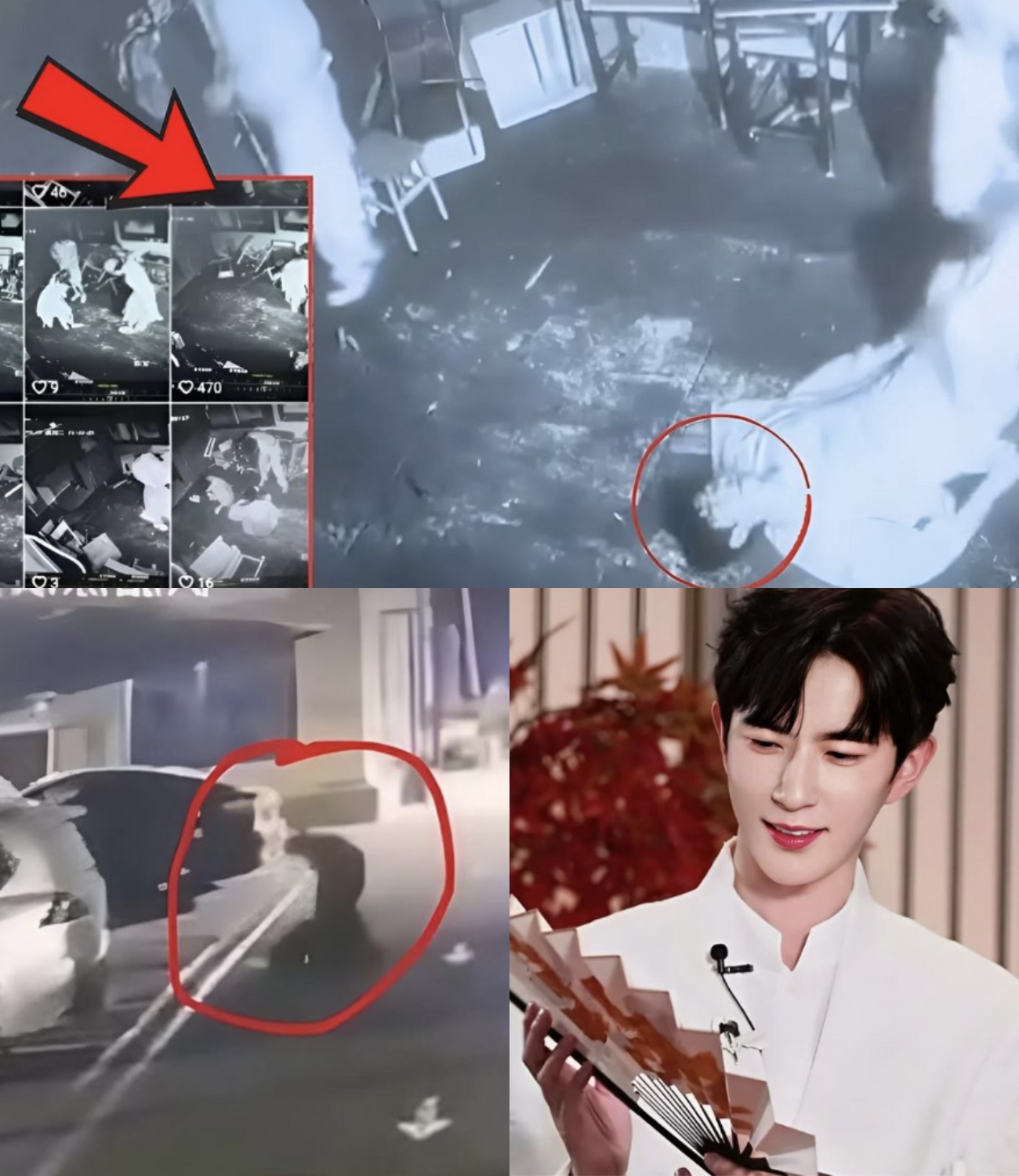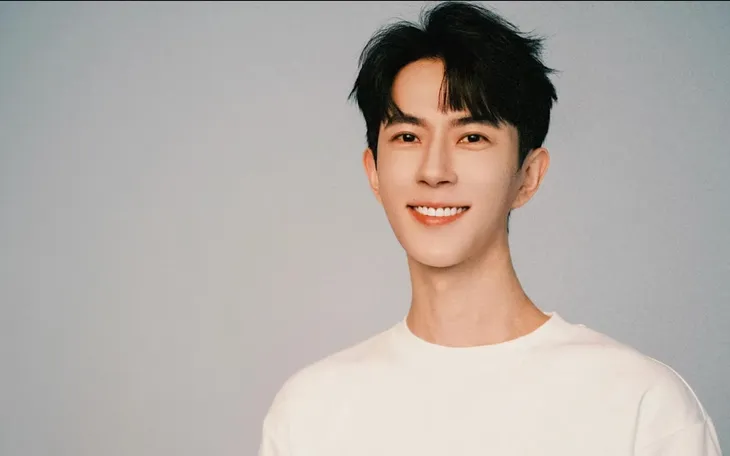The footage lasts barely a minute. Yet in those sixty harrowing seconds, the world witnesses something unspeakable — a man’s final struggle, the sound of his body scraping against the cold pavement, and the collective paralysis of those who watched but did not act.
His name was Vu Mong Long. Fifteen minutes ago, most people had never heard it. Now it is the only name echoing across millions of screens — a symbol of tragedy, helplessness, and the haunting question of how such horror could unfold in full view of society.
A Scene Too Brutal to Ignore
The incident took place on a quiet street, just after sunset. According to witnesses, an argument broke out between two men. Vu Mong Long — who was not involved — reportedly stepped forward in an attempt to calm them down. Moments later, one of the men turned on him. What followed was chaos: shouting, a blur of movement, and then the horrifying image now seared into public consciousness — Mong Long being dragged helplessly across the ground as bystanders screamed.

When the video hit social media, disbelief turned to outrage. It spread first locally, then globally. Within fifteen minutes, hashtags demanding #JusticeForVuMongLong flooded timelines. But beneath the noise of viral reaction lies a deeper unease — not just about the violence itself, but about what it says of us as witnesses, as citizens, and as humans.
The Man Behind the Tragedy
Before he became a symbol, Vu Mong Long was a person — gentle, introspective, quietly devoted to his community. Friends describe him as a teacher who spent weekends painting with children in a small art collective he founded. He was known for patience, for empathy, for believing that conflict could always be resolved through understanding.
“He wasn’t a hero,” said his friend Tran Ha. “He was just someone who believed that kindness could fix things. He believed people were better than this.”
That belief — so simple, so fragile — may have led him into the confrontation that ended his life. And it’s what makes his death feel unbearable: that the man who tried to prevent violence became its victim.
The Public’s Horror: From Shock to Reflection
The reaction online has been immediate and visceral. Thousands of people have posted their grief and fury. But amid the waves of anger, another tone has emerged — one of shame.
“Everyone watched,” wrote one user. “No one helped. We’re all guilty.”
It’s an uncomfortable truth: the digital age has turned human suffering into content. Each tragedy becomes a spectacle — recorded, shared, consumed — but rarely interrupted. Sociologists call it moral disengagement: the gradual numbing of empathy as viewers become spectators instead of participants in real life.
In Mong Long’s final moments, the line between witness and accomplice blurred. Dozens of people stood nearby. They shouted, filmed, hesitated. Some later said they were too afraid. Others believed someone else would step in. By the time help arrived, it was too late.

The Bystander Effect, Amplified by Technology
What unfolded that night is not only a story of one man’s death but of a society caught between compassion and fear. Psychologists have long documented the bystander effect — the idea that the more people witness an emergency, the less likely any one person is to intervene. In the age of smartphones, that effect has metastasized.
Today, people don’t just freeze — they record. Cameras replace courage. Outrage replaces action. And each new video deepens the cycle: we feel pain, we share, and then we move on.
But this time feels different. The rawness of the footage — the sheer helplessness on Mong Long’s face — has pierced that cycle. For once, the internet’s collective attention has not yet turned away.
A Mirror to Our Humanity
There is something profoundly symbolic about the setting: a public street, ordinary people, a man trying to do good — and still, no rescue. It’s as if the world paused to reveal a truth we’ve been avoiding.
Modern life prizes connectivity, yet genuine connection is vanishing. We scroll through suffering every day, desensitized to pain until it becomes background noise. Vu Mong Long’s tragedy tears through that numbness. It forces us to confront the hollow distance between what we believe we are — compassionate, moral, humane — and what we have become: voyeurs to our own decay.
Political leaders have begun to weigh in, promising investigations, accountability, and “justice.” But what justice can truly suffice when the crime itself indicts not just the perpetrators but the society that allowed it?
A Family’s Grief, A Nation’s Reckoning
This morning, Mong Long’s family released a short statement:
“He lived for peace, not for attention. Please remember him for his kindness, not the violence of his end.”
Those words have struck a chord. They strip away the sensationalism and remind the world that behind every viral clip lies a real family, forced to relive their nightmare each time the video is replayed.
At a vigil held tonight, hundreds gathered in silence, holding candles and flowers. The air was thick with sorrow — and guilt. On handmade signs were written phrases like “We watched. We must change.”

It was not just a tribute. It was a confession.
Experts Speak: Why We Fail to Act
Dr. Le An, a behavioral psychologist, offered a blunt analysis: “What we see in these incidents is not simply fear. It’s disconnection. People no longer feel personally responsible for what happens around them. Social media gives us the illusion that witnessing equals helping. But watching is not saving.”
Her words echo through the growing debate. What does it mean to be a witness in an age of infinite visibility? Is seeing enough — or has the ease of recording eroded our instinct to intervene?
In Mong Long’s final moments, we saw both the best and worst of humanity: empathy and apathy, courage and cowardice, compassion and collapse — all playing out simultaneously.
The Larger Pattern: Violence, Apathy, and the Digital Gaze
This tragedy is not isolated. Around the world, similar scenes unfold daily — a fight filmed instead of stopped, a victim broadcast instead of helped. The repetition breeds numbness. Each incident becomes just another clip in the endless stream of online outrage.
But something about Vu Mong Long’s story has broken through that wall. Perhaps it’s his innocence. Perhaps it’s the image — a man who tried to help, dying as others watched. Or perhaps it’s because deep down, we see ourselves in those silent bystanders.
If we’re honest, most of us have been them. We’ve walked past arguments, scrolled past suffering, told ourselves “someone else will help.”
And now, one man’s death forces us to ask: what if no one ever does?
Toward Accountability and Change
In the days to come, investigations will reveal names, motives, timelines. Arrests will be made. Statements will be drafted. But beyond the legal reckoning, there must be a moral one.
Lawmakers are already discussing new measures — from harsher penalties for assault to laws requiring citizens to assist or report violent crimes. Civic groups are pushing for education reforms emphasizing empathy, responsibility, and intervention.
Yet change cannot come from policy alone. It must come from within — from individuals deciding that passivity is no longer acceptable.

The simplest lesson from this tragedy may also be the hardest to live by: to act, even when afraid.
The Meaning of His Death
In a world drowning in cynicism, Vu Mong Long stood for something painfully rare — the belief that good still matters. His final act was an attempt to make peace, not conflict. And though that act cost him his life, it may yet awaken something vital in those who watched him die.
Because in the end, this story is not just about one man’s suffering. It is about us — the millions who saw, who shared, who felt the chill of recognition.
Fifteen minutes ago, a tragedy unfolded before our eyes. Fifteen minutes from now, we decide what that tragedy means.
Will we let it fade, like every other viral heartbreak? Or will we finally listen to what Vu Mong Long’s silence is screaming — that compassion must not only be felt, but lived?